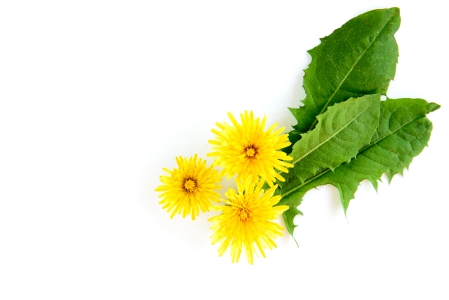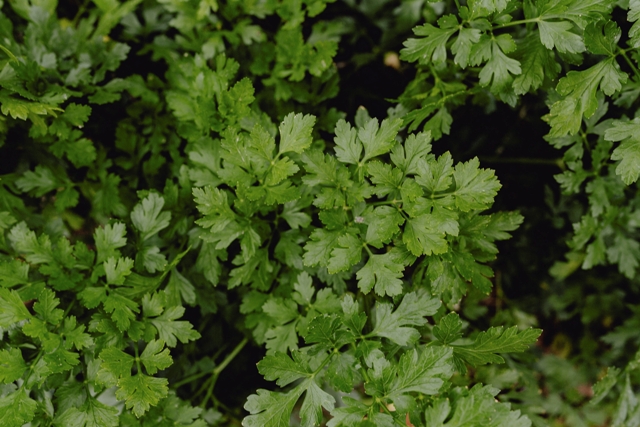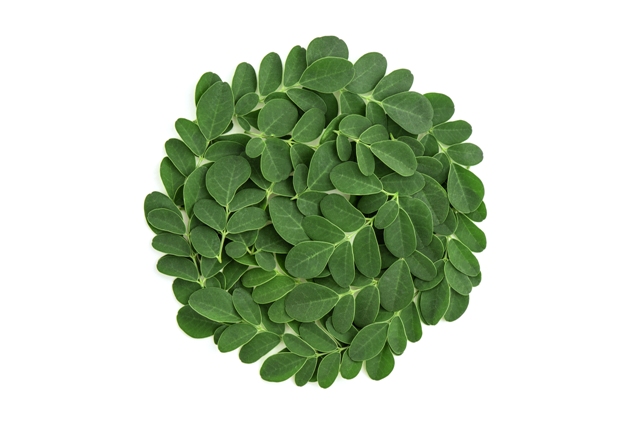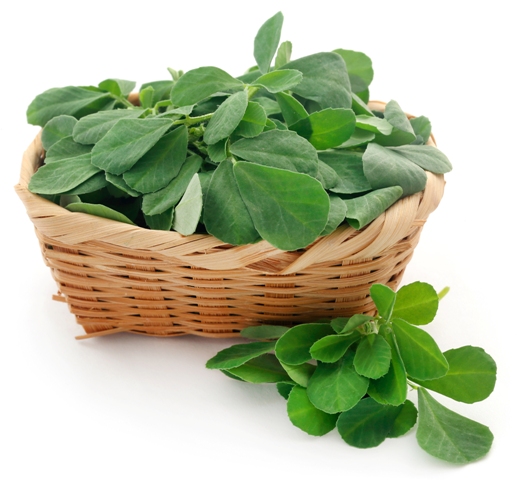Dandelion greens are one of the most important nutritious plants of the earth which are consisting of high amounts of vitamins, minerals, antioxidants and fibres. The entire portion of the plant like its root, its steam, its leaf and its flower are edible and has various health benefits. It has been traditionally used in ayurveda as an important medicinal herb and helps to prevent several diseases.
Some true facts regarding dandelion greens
- Dandelion greens are one of the richest sources of antioxidant and micronutrients
- It is better to consume dandelion greens when they are young and fresh, because they develop a bitter taste when they grow
- Before consuming dandelion greens, it is better to blanch them
- Every parts of the plant can be consumed and have various medicinal properties
- Dandelion root has been traditionally used as an effective detoxifying agent that mainly helps to detoxify liver and gallbladder. Dandelion leaves also stimulate the elimination of toxins from body by enhancing renal functions
Nutritional profile
- Dandelion greens contain very less amount of carbohydrate hence it is considered as a low glycemic food and very beneficial for diabetic patients
- It contains dietary fibre
- Fat contents are very negligible
- It contributes very less calorie (about 25kcal by 55g of raw dandelion greens) due to its poor carbohydrate and fat contents
- It contains some amount of proteins but does not contain all the essential amino acids. So, it is better to consume dandelion greens with some protein rich food to fulfill the requirements of essential amino acids
- It is rich in vitamins especially in Vitamin A and Vitamin K. It also contains Vitamin C, Vitamin E, thiamin, riboflavin, niacin, pyridoxine and folic acid
- It also rich in trace elements which include calcium, phosphorus, sodium, potassium, iron, magnesium, zinc, manganese and copper

Health benefits
Role on liver
- Dandelion helps to detoxify liver and improves hepatic functions. Basically, it protects the hepatic tissues from damages by any toxic substances
- The antioxidant property of dandelion is responsible for preventing oxidative damages of liver that makes the liver healthy and enhances life expectancy
- It has seen that dandelion is related with regulating electrolyte balance, which promotes hepatic health
- It also helps to reestablish hydration that makes the liver functional and active
- It has seen that consumption of dandelion extract is associated with reducing fat storage within liver and prevents fatty infiltration of liver
- It helps to reduce the prevalence of gall stone formation and liver fibrosis
Role on renal health
- Dandelion is known as an effective natural diuretic that helps to eliminate waste products from body
- It helps to increase the production of urine and the frequency of urination
- It helps to prevent unnecessary water retention in body by eliminating excess water through urine and prevents oedema
- It has strong antimicrobial activities which helps to prevent the growth of bacteria in urinary bladder and prevents urinary tract infection
- All parts of dandelion can be consumed but it is beneficial to consume dandelion flower for promoting renal function

Role on vision
- Dandelion is considered as one of the richest sources of vitamin A
- As we know that Vitamin A has significant role in promoting visual cycle and vision hence consuming dandelion is beneficial for vision as it supplies adequate amount of Vitamin A
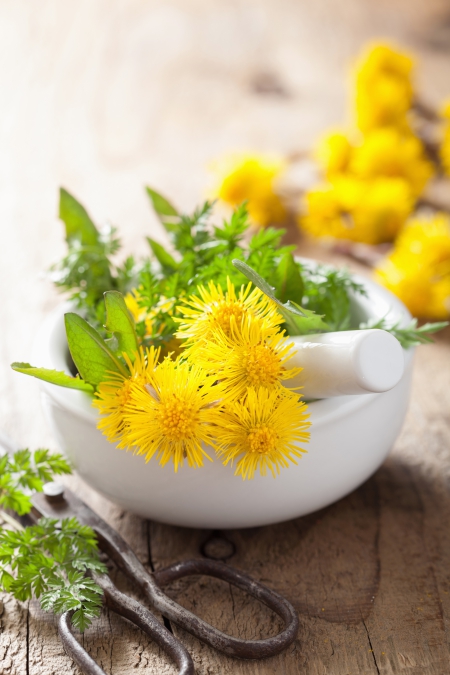
Role on preventing diabetes
- It has seen that dandelion roots contain several bioactive components like inulin, chlorogenic acid, chicoric, anti-inflammatory and antioxidant substances which help to improve the symptoms of diabetes mellitus (type 2)
- Inulin is a fibre, plays significant role in stabilizing sugar concentration in blood
- Chlorogenic acid helps to increase the sensitivity and secretion of insulin that helps to reduce blood sugar level
Role on regulating cholesterol level and cardiac health

- Consumption of dandelion greens help to decrease the concentration of bad cholesterol (LDL and VLDL) in body whereas, help to increase the level of good cholesterol (HDL)
- It helps to maintain proper lipid profile
- It helps to prevent the risk of developing atherosclerosis by reducing the level of LDL, VLDL and triglycerides and hence protects the heart
- Potassium content of dandelion is responsible for reducing hypertension
- Anti-inflammatory substances of dandelion are associated with preventing inflammatory events of heart such as thrombosis, ischemic heart disease or platelets aggregation and promotes cardiac health
Role on digestion
- Dandelion helps in digestion by increasing the activity and secretion of digestive enzymes
- It has seen that dandelion is very effective to increase the secretion of gastric acid and bile, which promotes protein digestion, fat digestion and hydrolysis of sucrose (disaccharide, a type of carbohydrate)
- It contains inulin (fibre), which is also considered as an important source of prebiotic that helps in promoting gastrointestinal health by facilitating the growth of beneficial intestinal microbes, by enhancing bowel movements and by preventing constipation
Role on preventing cancers
- It has strong anti-carcinogenic property and significantly helps to prevent the prevalence of liver, colon and pancreatic cancers
- Its antioxidant property helps to diminish the susceptibility of carcinoma by reducing oxidative damages of body
- It has seen that dandelion leaf extract is able to suppress the growth of cancerous cell and helps to prevent its metastasis

Role on reducing body weight
- Dandelion helps in weight reduction by enhancing carbohydrate metabolism and by reducing fat absorption through intestine
- The chlorogenic acid content of dandelion is related with reducing the level of fat storage hormones, which facilitate weight reduction
- The fibre content of dandelion also helps in weight reduction by regulating appetite, metabolism, lipid profile and fat accumulation (especially visceral fat)
Role on wound healing
- It helps in rapid wound healing. Vitamin C and Vitamin K contents of dandelion are responsible for healing process
- Vitamin C content of dandelion is accountable for collagen synthesis which is associated with rebuilding tissues for repairing wound
- Vitamin K content of dandelion helps in blood coagulation and prevents blood losses that also helps in healing
- The antioxidant property of dandelion also helps to prevent infections by promoting immune system
Usage
- Dandelion greens are used to prepare soups, salads, sauce, syrup, jelly and tea. Consuming those foods are associated with preventing various diseases like diabetes, cardiovascular diseases, hyperlipidemia, swelling, infections, acne and cancers
- It can be used as anti-inflammatory substance and especially helps to prevent tonsil inflammation. Individual who have removed their tonsils should consume dandelion greens for early recovery
- It can be also used as an antimicrobial substance as it helps to prevent the growth of microbes in host. It has seen that consumption of dandelion root and leaf extract are beneficial to prevent the consequences of urinary tract infection (UTI)
- It can be used for relieving pain caused by swelling
- It can be used as laxatives (due to its fibre contents) to prevent constipation
- It can also be used to prevent bruises, eczema and gastrointestinal disorders
- Dandelion flowers (especially) can be used to treat liver disorders such as jaundice, gall stones
- It can also be used as an effective immunological booster

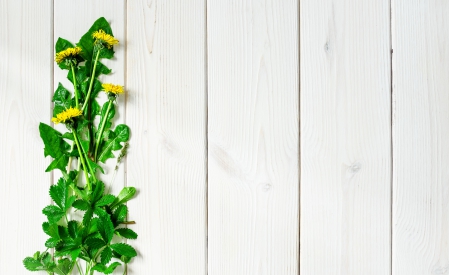
Source:
Devaraj, E., 2016. Hepatoprotective properties of Dandelion: recent update. Journal of Applied Pharmaceutical Science, 6(04), pp.202-205.
Fatima, T., Bashir, O., Naseer, B. and Hussain, S.Z., 2018. Dandelion: Phytochemistry and clinical potential. Journal of Medicinal Plants Studies, 6(2), pp.198-202.
Lis, B. and Olas, B., 2019. Pro-health activity of dandelion (Taraxacum officinale L.) and its food products–history and present. Journal of Functional Foods, 59, pp.40-48.
Mahboubi, M. and Mahboubi, M., 2020. Hepatoprotection by dandelion (Taraxacum officinale) and mechanisms. Asian Pacific Journal of Tropical Biomedicine, 10(1), p.1.
Mars, B., 2016. Dandelion Medicine: Remedies and Recipes to Detoxify, Nourish, and Stimulate. Storey Publishing.
Molinu, M.G., Piluzza, G., Campesi, G., Sulas, L. and Re, G.A., 2019. Antioxidant sources from leaves of Russian dandelion. Chemistry & biodiversity, 16(8), p.e1900250.
Nguyen, C.V., 2019. Anticancer Activity of Natural Health Products (Dandelion Root, Lemongrass, and Hibiscus Extracts); A Study of Efficacy, Interaction, and Mechanism of Action.
Pădureţ, S.E.R.G.I.U., Amariei, S., Gutt, G. and Piscuc, B., 2016. The evaluation of dandelion (Taraxacum officinale) properties as a valuable food ingredient. Rom Biotechnol Lett, 21, pp.11569-75.
